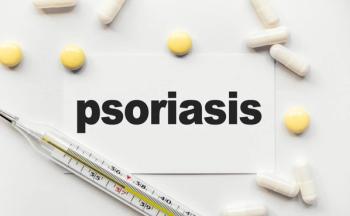
COVID-19 and Health Disparities: Preexisting Factors Impact Exposure, Recovery
With leading health experts warning of a grim few months ahead as the pandemic continues to rage, and as a vaccine launch grows more imminent, this 3-part series explores the impact of existing health disparities on COVID-19 and some potential solutions.
Eleven months after the first
And, those disparities have an impact on nearly every aspect of the crisis: from health outcomes, to access to resources and care, to exposure through employment, to how information is received, and, crucially, may influence the reception of a vaccine for SARS-CoV2, which causes COVID-19.
While doses of the vaccine are not expected to become available to the general public until sometime in 2021, on December 1, the Advisory Committee on Immunization Practices recommended that the nation’s 21 million health care workers and 3 million residents of nursing homes and other long-term care facilities be first to receive them.
An FDA advisory panel is slated to hear Pfizer’s application for its vaccine candidate this Thursday, December 10, followed by Moderna on December 17.
With leading health experts warning of a grim few months ahead as the pandemic continues to rage, and as a vaccine launch draws nearer, this 3-part series explores the impact of existing health disparities on COVID-19 and some potential solutions.
Factors Contributing to Disparities
In the spring of 2020, insights into which pre-existing conditions bring greater risk of COVID-19 complications were beginning to be established. Individuals
In the United States, people of color have higher rates of chronic diseases than their White counterparts —a factor which contributes to the disproportionate COVID-19 mortality rate seen in these populations. For example, the risk of being diagnosed with diabetes is
An analysis of data from over
Additional data from 5.8 million people who tested positive for COVID-19 between March and mid-October showed Black Americans were 37% more likely to die than White Americans after controlling for age, sex, and mortality rates over time, The Washington Post
From an economic standpoint, low-income individuals
As
Compounding heightened risks of exposure, lack of insurance coverage and subsequent cost concerns could stop individuals from seeking medical care for COVID-19.
A report
Prior to the pandemic, Black and Hispanic individuals were more often covered by Medicaid or lacked insurance altogether compared with White individuals. “While a greater number of White people lost their employer coverage from February to April 2020, Black and Hispanic people faced a disproportionately larger loss of coverage relative to their populations,” the report found.
Meanwhile, analyses conducted in July found states reporting spikes in COVID-19 cases were also reporting the highest rates of
Taken together, the data prompt questions as to what the future of health care will look like in America, with particular emphasis on closing the racial, economic, and geographical gaps.
Next:
Newsletter
Stay ahead of policy, cost, and value—subscribe to AJMC for expert insights at the intersection of clinical care and health economics.







































